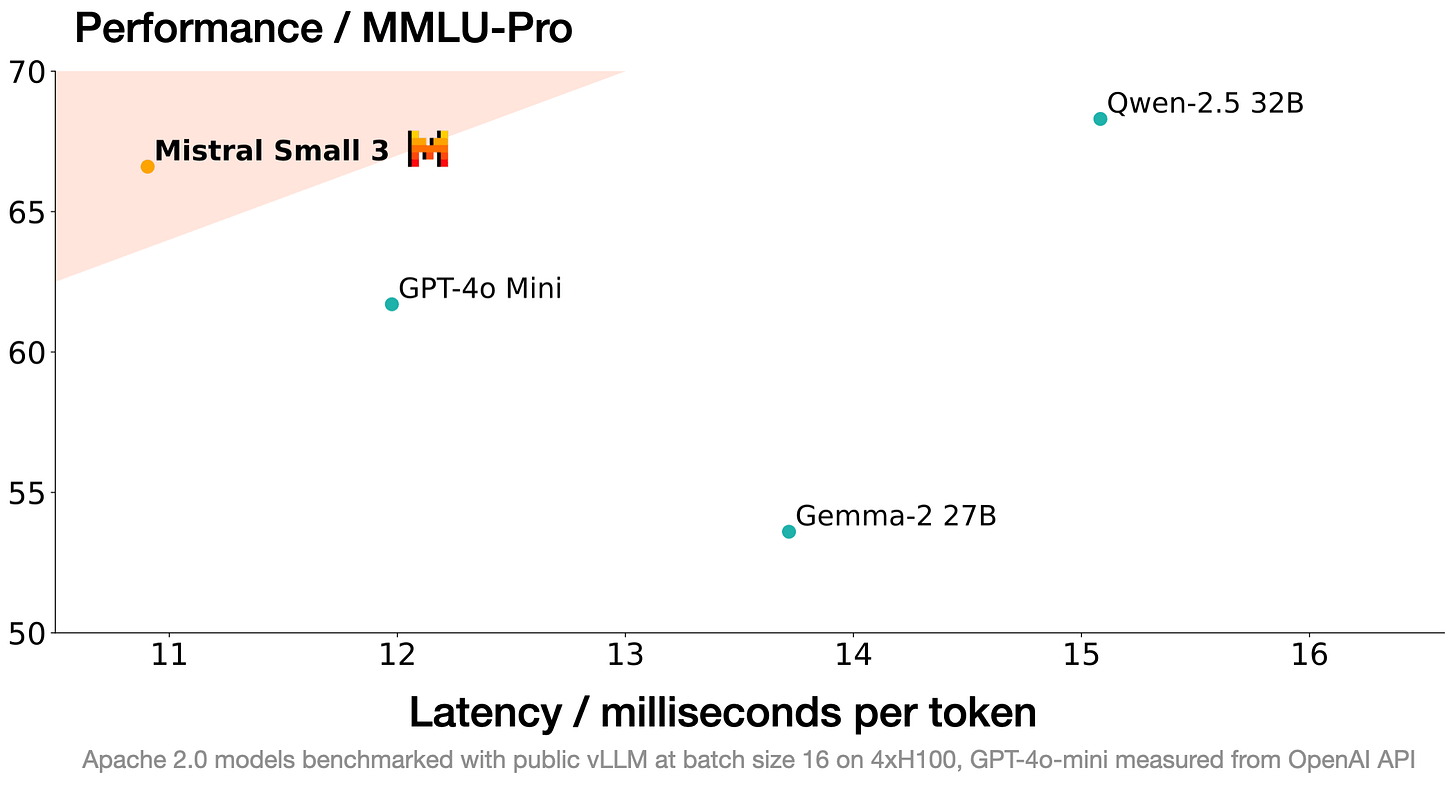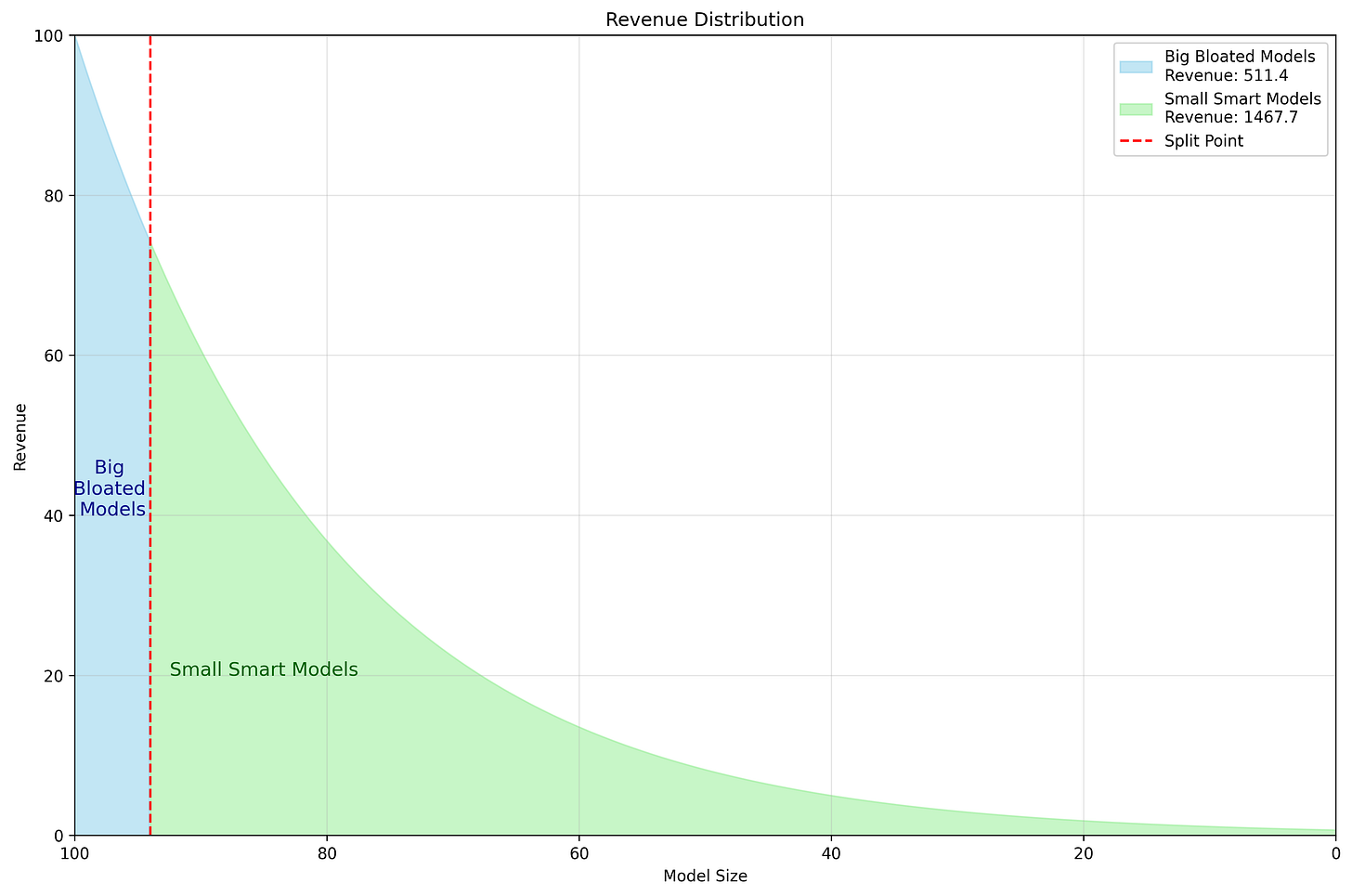AI Weekly Roundup - Feb 1st, 2025
At the end of each week, I’ll post AI Weekly Roundup—a focused, concise take on key events and trends. This week, I’m covering two topics:
Nvidia’s historic market plunge and what it means for AI
DeepSeek’s breakthrough and how it signals the rise of long-tail AI and global innovation
As always, my goal is to separate noise from signal and provide direct, unapologetic takes. Let’s dive in.
Nvidia Plunge: What Does It Mean?
Nvidia’s market value dropped nearly $600 billion, marking the largest single-stock loss in U.S. history. But let’s be clear—this isn’t about Nvidia. The broader tech sell-off shouldn’t be conflated with Nvidia’s long-term trajectory. I remain bullish on Nvidia. (Disclaimer: This is not investment advice. I don’t discuss stock prices or financial guidance—look elsewhere for that.)
Nvidia is a real engineering company, deeply rooted in the kind of innovation-first culture that defined old-school Silicon Valley—think HP (pre-Carly Fiorina and MBA mindset), Sun Microsystems, and Fairchild Semiconductor. If Nvidian can avoid being hijacked by MBAs and “efficiency consultants,” Nvidia will continue leading semiconductor innovation.
Right now, a significant portion of Nvidia’s revenue comes from the other Magnificent Seven (Apple, Microsoft, Alphabet, Amazon, Meta, and Tesla). But I have no doubt Nvidia will pivot and adapt to the emerging AI paradigm. There are already signs they anticipated this shift. The same can’t be said for others, who have bet big on what I call Big Bloated AI (see below)—a model championed by Wall Street and Big Consulting (McKinsey, BCG, Bain, Accenture, Deloitte, etc.).
DeepSeek Disrupts AI & Finance: The End of Big Bloated AI
The DeepSeek AI story isn’t about DeepSeek vs OpenAI or China vs the U.S. Those are distractions. The real story? A fundamental shift in AI development.
Until DeepSeek came along, AI has been following the Big Bloated AI model.
Big Companies invest in Big AI projects, smaller companies and organizations muddle their way through aimlessly.
Big AI projects are built by Big Tech and Big Consulting and funded by Big Finance
With promises of Big Returns
The result? Big Spend, Small Results, Unmanageable Complexity. In engineering, complexity is the kiss of death.
The DeepSeek AI story isn’t DeepSeek vs OpenAI, and it’s not China vs the U.S. Those are easy narratives, but they miss the bigger picture. The real story? A fundamental shift in AI paradigms.
Enter the new AI paradigm: Small, Smart, Specific, Systems (S4)
Instead of chasing massive, over-engineered, generalist AI models, the AI-S4 paradigm focuses on lean, specialized, highly efficient AI systems optimized for targeted use cases. It’s about solving one specific problem beautifully and boldly—and treating AI as a system, not just a model. (For techies, think of the difference between Windows OS architecture (bloated) vs Unix architecture (simple, elegant).
This shift is happening fast. In just the past few days, we’ve seen:
Alibaba’s Qwen2.5-Max outperform DeepSeek in several benchmarks
France’s Mistral Small 3, a compact 24B-parameter LLM designed for fast, accurate responses in critical applications
There will be a lot more, proprietary and open source.
The future of AI will be build on S4 models, not bloated mega-systems. Expect to see new small, smart, specific AI models emerge from all over the world—unlocking long-tail applications that the Big AI approach simply can’t handle and also was not interested in.
The long tail refers to the idea that most value in a distribution isn’t concentrated at the top but spread across a vast number of smaller, niche opportunities. In AI, this means shifting from a few huge, generalist models to many smaller, specialized AI systems designed for specific tasks. While Big Bloated AI aims for broad, one-size-fits-all solutions, AI-S4 (Small, Smart, Specific Systems) unlocks countless niche use cases—ones that were previously too expensive or impractical to serve. This shift enables customized, efficient, and domain-specific AI solutions that scale in ways Big AI never could.
Conclusion: The Long Tail of AI: A Global Innovation Explosion
The long tail in AI isn’t just about technology—it’s about unleashing global human capital. Traditional Big AI is centralized, requiring massive resources, elite institutions, and expensive infrastructure, limiting innovation to a handful of players. But with AI-S4 (Small, Smart, Specific Systems), the long tail opens up new opportunities for developers, researchers, and entrepreneurs worldwide.
Instead of just a few AI giants dominating, smaller teams, startups, and even individuals can now build highly specialized AI solutions tailored to their regions and industries. This shift will:
Democratize AI development
Unlock niche use cases once considered too small or unprofitable for Big AI
Empower talent in emerging markets, small firms and underrepresented communities
The result? AI will no longer be dictated by a handful of monopolistic firms — it will be co-created globally, democratizing innovation and opportunity. As Hegel might say: “At the peak of its dominance, Big AI has already sown the seeds of its own decline. The very forces that have made it powerful—scale, centralization, and monopoly—are now the forces unraveling it, giving way to a global, decentralized, co-created AI future.”






